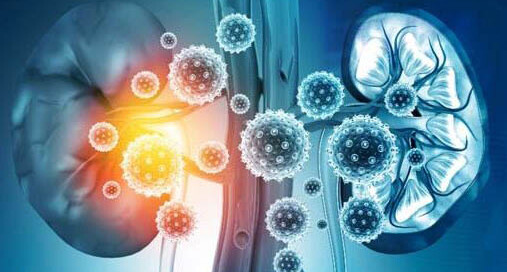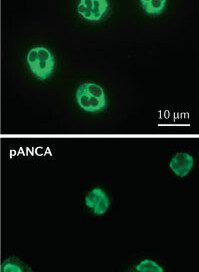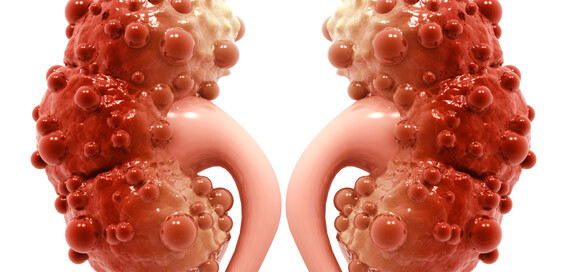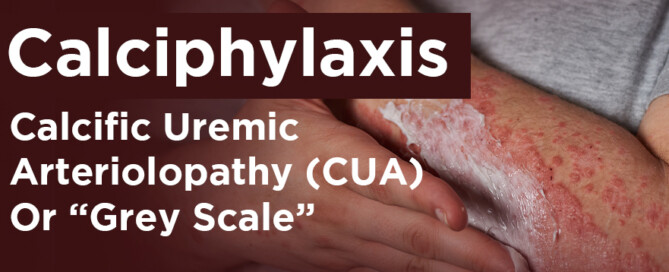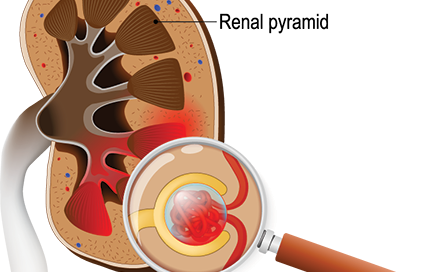Chronic Kidney Disease – Approach to Diagnosis
This article will provide a framework for evaluation of the patient with abnormal kidney function (elevated serum creatinine/ decreased estimated Glomerular Filtration Rate (eGFR). When evaluating a patient with Chronic Kidney Disease (CKD), I have the following considerations: Is there something bad? Is it chronic? What is the underlying cause? Is There Something

